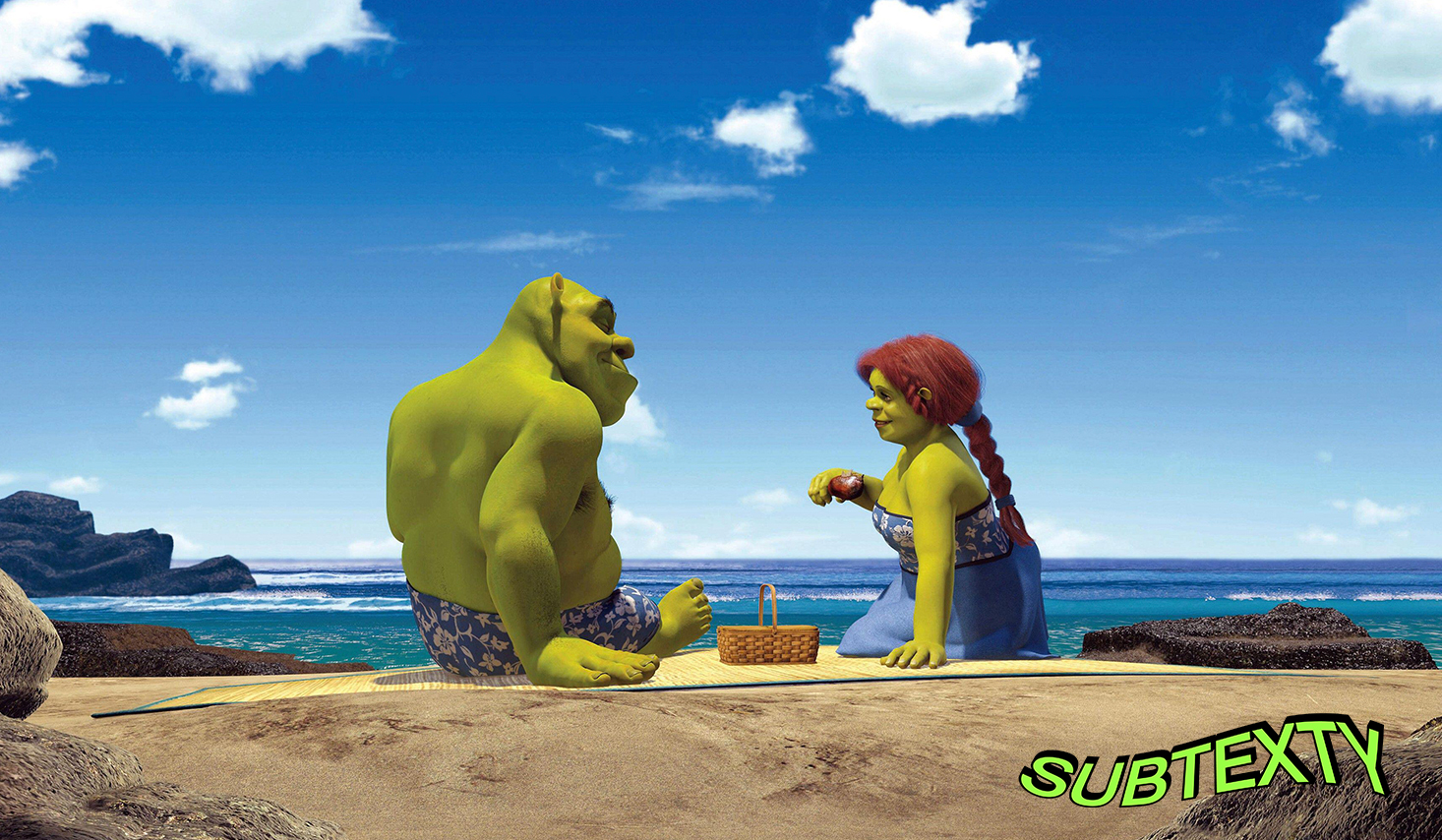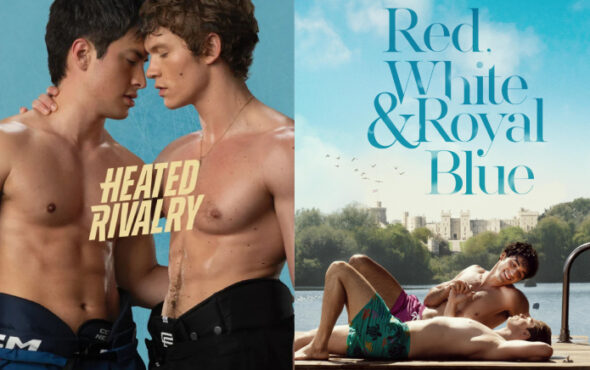
Every night at bedtime, I get down on my knees (Woah, chill out, pervs!), next to my CB2 bed frame (It’s sturdy, I recommend!), and bring my hands up in prayer.
“Dear God,” I say, “or the Devil. Whoever, I’m not picky. Please put Jennifer Saunders’ cover of ‘Holding Out for a Hero’ from Shrek 2 on Spotify.” Then I tuck myself in, watch a YouTube video essay about a Disney ride that closed in the mid-90s, and fall asleep.
In the 20 years since Shrek 2 was released, the eponymous ogre still looms large in our cultural consciousness. There are the memes, Instagram filters, crocs, tattoos, and plenty of Shrek erotica I shan’t link here because I’m a gatekeeper.
I’ve participated in the nostalgia for these movies from an admiring distance. I liked them when they came out, but they weren’t foundational for me in the way some other pieces of media were — I was a little too old to imprint. What I mostly recall about the films (of which I think I’ve only seen the first two but I may have seen the third) is their killer soundtracks. Imagine my surprise when I rewatched Shrek 2 in anticipation of its anniversary to discover how trans it actually is.
Let me be clear: this is not one of those click-baity queer media articles designed to farm for quote tweets through revisionist history and outrage by asserting that some side character no one remembers is a paragon of gay representation. Shrek 2 has a subtext of transness that is barely subtext. To me, it’s just text! Not necessarily good text, but proof that gender deviance was in the air. Or at least the recording studio while Mike Myers was saying “Donkey” in that way that plays in my head on a loop.
For those who don’t remember, the plot of Shrek 2 centers around Shrek and Fiona, happily married ogres who are into fart play, journeying to Fiona’s hometown to meet the parents. There they become embroiled in a plot by the aforementioned Fairy Godmother, and Shrek winds up taking a potion that transforms both him and Fiona into humans. If only it were that easy, I think to myself, shaking my head and checking to make sure I still have enough 23mm needles to shoot estrogen for the next few weeks.
This could also be read as an allegory for a T4T relationship wherein a cis woman falls in love with a trans man, and discovers she is trans herself (FTO = Female To Ogre). After her parents don’t accept them as ogres, they accidentally detransition. Although the real T4T relationship in Shrek is obviously Donkey and the Dragon.
This is not one of those click-baity queer media articles designed to farm for quote tweets through revisionist history and outrage by asserting that some side character no one remembers is a paragon of gay representation.
But that’s just the metaphorical transness one can glean from Shrek 2, because everything else is very literal. There’s Fiona shaving her face in the opening montage — been there, girl. I’ll give you my laser tech’s number! Then of course we have Red Riding Hood’s nightgown-wearing mortal enemy, who the Fairy Godmother refers to as a “gender-confused wolf.” Go off, J.K. Rowling! And then there’s an entire scene hinging on a joke about Pinocchio wearing ladies’ underwear. Are you sure you’re a “real” “boy,” babe?
But the real icing on the gingerbread man is when Fiona’s father seeks out an assassin at a shady bar called the Poison Apple, tended to by one of Cinderella’s “ugly” stepsisters, a stout sissy with a five o’clock shadow and a “You talkin’ ta me” Long Island drawl.
I know this woman. I’ve sat across from her in the waiting room at the Apicha Community Heath Center. I always give her a furtive smile at the IFC Center during a screening of Stress Positions. I blocked her preemptively on Grindr because I keep my grid toggled to the trans tribe but feel a jolt of embarrassment any time I see a familiar profile. I hooked up with her once pre-transition at a radical faerie sanctuary. I bought the last size 41 Simone Rocha x Crocs collab clogs before she could!
Shrek 2 is proof that as we rounded the new millennium, the whiff of transness (Glossier You and polyester) was in the air. The media we consumed as children, or in my case teens, was already starting to nod toward a life off the well-beaten track of cisheteronormativity, which this film is largely in opposition to. I may not have known exactly why I liked the Ugly Stepsister so much, but I knew that I did. And now… I am her.


